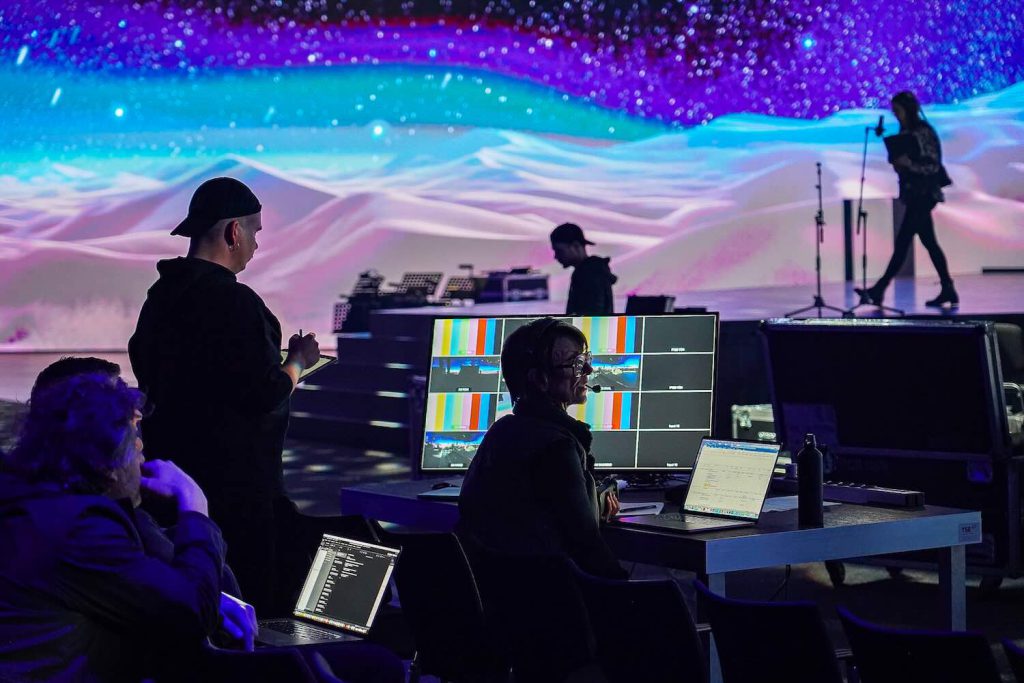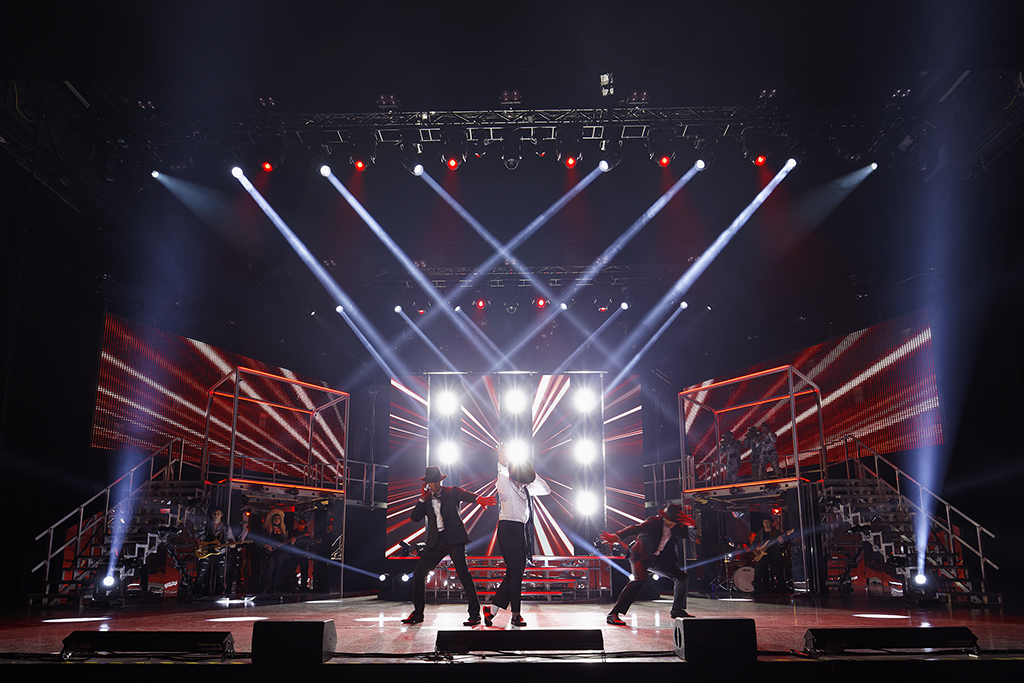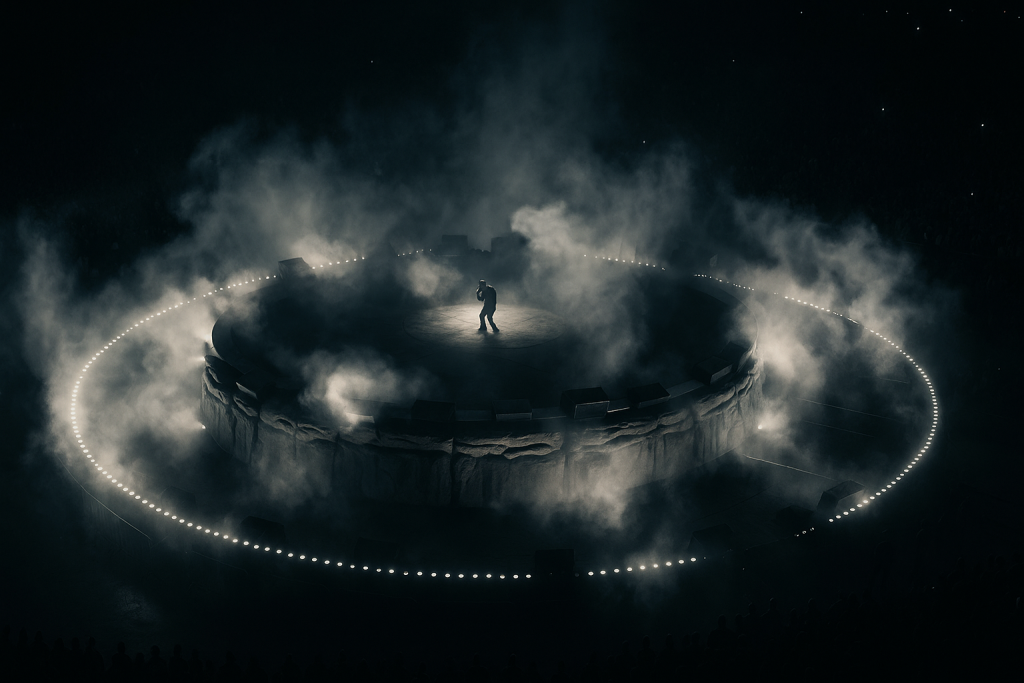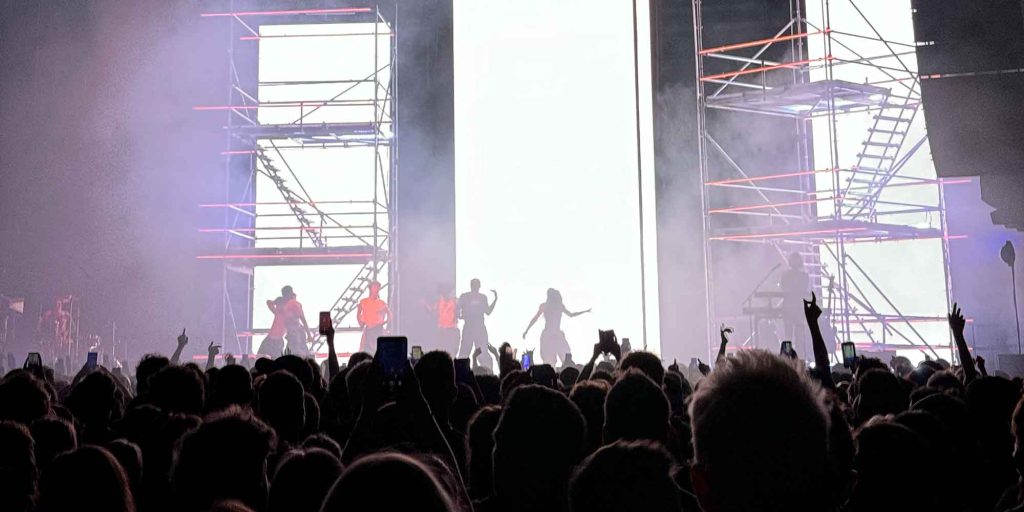Phenomenology on Stage: A Guide for Show Practitioners
When crafting a show, have you ever felt the need to break free from the usual formulas and explore something deeper—to create performances that not only dazzle but truly resonate with your audience? If so, phenomenology might be your new best friend.
Phenomenology, often hailed as the art of attending to the “thing itself”, is a fancy word for a simple idea: paying close attention to the lived experience, free from assumptions. In show and experience design, a phenomenological lens allows us to strip away preconceived notions to uncover the raw textures of reality. It’s a mindset that can unlock fresh ways of directing, designing, and storytelling, helping you build shows that connect emotionally and viscerally with audiences.
Let’s break down how this seemingly academic concept can transform your creative process.

Why Phenomenology Matters to Show Directors
Phenomenology asks us to “go back to the thing itself.” This means setting aside preconceptions and focusing on how something feels or emerges in real time – right before our eyes. For example, instead of asking, “How can I make this scene fit the script?” phenomenology encourages you to ask, “What is this moment revealing right now?”
In the context of show direction, this perspective shifts the focus from just delivering a preplanned experience to discovering what’s truly alive in this particular performance. It’s about:
- Being present in rehearsals and open to surprises.
- Designing shows that break with stereotypes and surprise in the use of space and objects.
- Understanding the unique relationship between performers and audience at any given time.
- Exploring how bodies, spaces, and objects tell stories beyond words.
If that sounds abstract, don’t worry. Let’s dive into some practical ways to use phenomenological curiosity in your craft.
1. Attentive Presence: Phenomenology demands a heightened sensitivity to the “being” of things. For directors, this means not just visualizing a scene but sensing how it emerges in space and time. It’s about finding the rhythm of a moment, the texture of an emotion, or the weight of silence.
2. Audience as Co-Creators: In phenomenology, experience is relational. Applying this principle allows directors to see audiences not as passive spectators but as active participants in the meaning-making process. The goal becomes to craft moments that “speak” directly to the audience’s embodied presence. Or even: Let audiences choose their degree of involvement in immersive variants. To let them solve the riddle as they watch or walk.
3. Embodied Storytelling: The body is central to phenomenology. Directors can use this insight to foreground movement, gesture, and physicality in ways that go beyond choreography, letting every action express layers of unscripted meaning.
4. Iterative Exploration: Phenomenology values exploration over certainty, mirroring the iterative process of directing. Each rehearsal becomes an opportunity to discover nuances, making space for the unexpected to inform the final work.
5. Stripping to the Essence: Much like phenomenology aims to uncover the essence of phenomena, directors can adopt a similar approach to distill their performances and find its emotive center. The result? Clearer, more impactful storytelling that resonates at its core.

Phenomenology Toolkit for Creative Show Directors: Five Essential Strategies
Here are five essential strategies inspired by phenomenology that can elevate your work:
1. See the World Anew
Imagine looking at every part of your production—actors, props, lighting, sounds—as if encountering them for the first time. What are their textures, shapes, rhythms, and energies? How do they interact with each other?
For example, let’s say you’re designing a set. Instead of asking how it looks, ask how it feels when someone steps onto it. Does it invite movement or restrict it? What’s its mood? This focus on presence (known as “intentionality” in phenomenology) can lead to richer, more dynamic staging.
2. Focus on the Audience’s Experience
Phenomenology reminds us that performances aren’t just about what’s happening on stage—they’re about what the audience perceives. Think of your show as a journey for the senses. What do your audiences see, hear, and feel first? What lingers with them when the lights dim?
A practical way to apply this: sit in the audience’s seats during rehearsals. Close your eyes and just listen. What does the soundscape evoke? Watch how the light moves across the stage. How does it guide attention or mood? These simple exercises can transform the way you shape a moment. Design with their sensory journey in mind.
3. Movement as Meaning
Gestures, postures, and movements carry meaning—even if they’re unintentional. Phenomenology highlights the body as a storyteller in its own right. Ask yourself: how do your actors’ movements express emotions, relationships, or power dynamics?
Instead of choreographing solely for aesthetics, explore movement’s inner life. For instance, how does the weight of a character’s footsteps change as they grow more confident or more despairing? How does the ensemble react to the flickering of the lights? By tuning into these subtleties, you can bring depth to both characters and choreography. Dive into the dynamics of how characters move through space to let their actions articulate what words cannot.
4. Play with Time
Phenomenology teaches that time is not just a clock ticking—it’s something we experience. In theatre, time can stretch, pause, or rush, shaping how the audience feels and processes the story.
Experiment with tempo in your scenes. What happens if you slow down a high-stakes moment? Can you let a silence linger just a little longer? These choices don’t just build tension; they draw the audience into the present, creating a shared, unique experience.
5. Question Assumptions
In phenomenology, there’s a practice called “bracketing” (or “epoché”), which means suspending your assumptions to see things clearly. In theatre, this might mean revisiting choices you’ve already made. Why does the lead wear that costume? Why is this scene staged downstage right?
Ask yourself what would happen if you flipped the script. What if the scene was played in reverse? What if the character’s anger was performed as laughter? These experiments can reveal surprising possibilities and help you uncover the “essence” of a moment or a scene that, most often than not, eventually ends up being a massive layering of theatrical elements. The unexpected may yield the most profound moments – and create clarity for you as a show director.
Why It Works
Phenomenology might sound like a lot of work ☹️ … but it’s really about rediscovering what makes show theatre so powerful: its ability to bring us into the present moment and connect us to each other. By focusing on the lived experience of your work—both for yourself and your audience—you can create performances that are not just seen but felt. Especially in spectacular show direction, we often loose track of our show’s essence amidst all the great moments we’ve created. This toolbox creates emotional and directorial clarity. And isn’t that what making a show is all about?

Triggering Fresh Perspectives
There is another way I want to flag that explores how our orientation—both physical and social—shapes how we experience the world. Queer phenomenology, as developed by scholar Sara Ahmed, offers another interesting layer to this conversation. Ahmed suggests that our “lines” of orientation are influenced by societal norms, such as gender and sexuality, and these lines guide what feels “natural” or “right.” In theatre, this concept can be transformative. Directors and designers can use queer phenomenology as a method to question the “default” positions of characters, narratives, and even staging.
For instance, what happens if a love story shifts its orientation to include queer perspectives? Or if we suddenly started to prioritize marginalized voices? By consciously reorienting these elements, you can create spaces that feel less confined by convention and more open to new ways of being and experiencing. This approach not only enriches the creative process but also invites audiences to see the world from fresh, inclusive perspectives.
Phenomenology as such can profoundly influence large-scale spectacles and shows by helping creators challenge traditional hierarchies of audience and storytelling. In these formats, where grandeur often takes precedence over intimacy, phenomenology encourages designers and directors to rethink whose stories are amplified and how, taking into account the socio-political narratives audiences bring into the performance. For instance, it might inspire a show to reimagine the character of Alexander Hamilton in a framework of “America then, as told by America now” (as in: Hamilton: An American Musical), or let audiences experience the mythic city of Troy just after the Greek had laid waste to it in an immersive experience (as in: Punchdrunk’s The Burnt City).
These shifts can fundamentally change the way we experience these stories in the live moment and how we relate to their very embodiments, allowing us to connect with audiences on both an emotional and intellectual level.
So, are you ready to explore how phenomenology can transform your show? Share your thoughts or reach out for more insights on creating emotionally resonant performances.
Discussing performance-making through this particular lens is a hot topic, again, because performance presses back on those concepts in unexpected ways. You can read more about performance phenomenology in T. J. Bacon’s book “An Introduction to the Phenomenology of Performance Art” (2024), and the edited collections “To The Thing Itself” (2019) and “Performance and Phenomenology” (2015).



